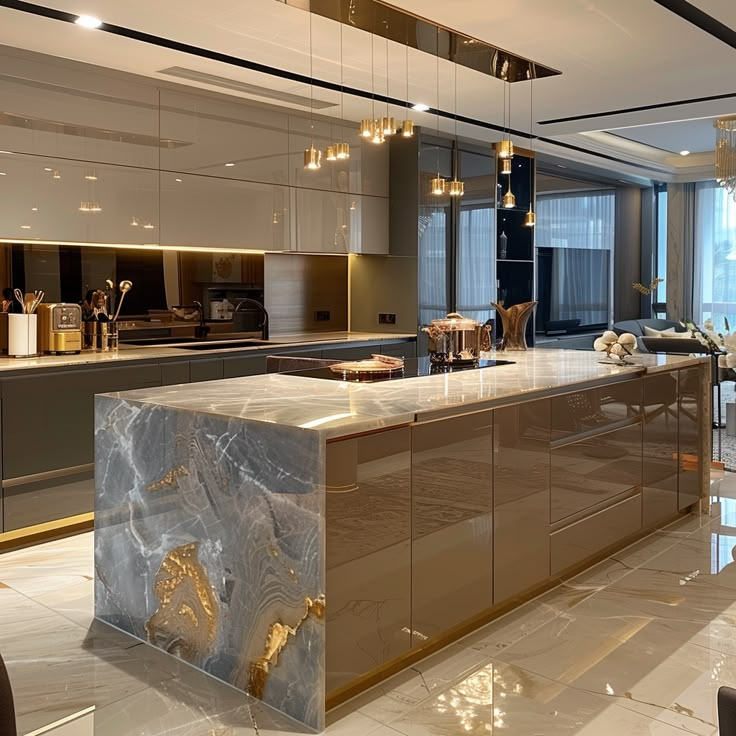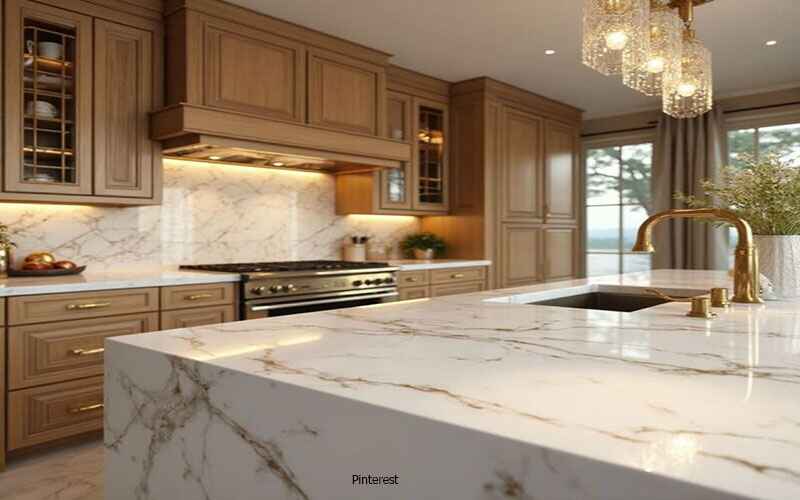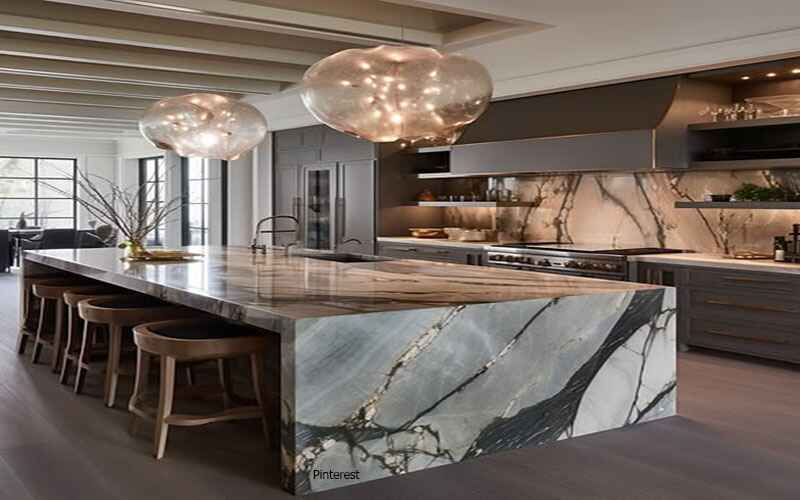4 Ways Granite Will Give You The Bathroom Of Your Dreams
Consider
your ideal bathroom: is it sleek and contemporary, with a square-glass walk-in
shower with steam control, natural stone countertops, and a two-flush toilet?
Is it a vintage, Art-Deco-inspired throwback with a claw foot bathtub, separate
hot and cold knobs, and gold trim? Whether you have conservative or progressive
decorating tastes (or, more likely, somewhere in between), all perfect
bathrooms have one thing in common: granite.
Here's
why:
Reason #1: Granite Can Cause Harm
Granite
is formed by thousands of years of compressing layers of dense minerals under
enormous geological pressure. So, it's similar to a diamond in that it's so
hard that you can't even scratch it. Granite is also resistant to water,
stains, and heat damage, among other things. Using granite for your bathroom or
Kitchen
countertops or anything else will keep it in good condition for many years.
Reason # 2: Granite Goes With Everything
Granite's
color and pattern vary depending on where it comes from because it is a
naturally occurring composite of elements worldwide. Granite is available in
various colors & shades, ranging from gleaming alabaster white to the
deepest black and everything in between. Some granite contains natural
gemstones and precious metal flecks, such as amethyst or gold. There is a
granite variety for every occasion, from impressionistic swirls to lightning
streaks and veins of complementary colors.
Reason #3: Granite Is Elegant
Since
ancient times, granite has been prized for its beauty. They erected granite
pyramids and tombs to convey the highest level of prestige available to them.
Granite is the stone of choice for inspiring awe today, from banks and office
lobbies to the palaces of the world's highest officials. Granite in your
bathroom will transform your toilet into a throne.
Reason #4: Granite Will Increase The Value Of Your Home
One
of the most common complaints about granite is its high cost. While granite is
one of the most expensive stone countertop materials, its durability means it
will never need to be repaired & replaced, & its timeless beauty will
never go out of style. Unless the housing market collapses completely in the
next fifty years, having granite
countertops in your bathroom will only increase the value of your home.
Granite Is What Kind Of Rock?
According
to geology, granite is a type of igneous rock that forms beneath many layers of
sedimentary minerals. Granite is one of the most common igneous rocks on the
planet, and it is the most well-known igneous rock, owing to its numerous
applications inside homes, offices, and other structures. Granite can be found
in almost anything after being harvested, including countertops, paving stones,
stair treads, floor tiles, building veneer, and even cemetery monuments and
headstones.
How Is Granite Created?
Granite,
as previously stated, is one of the most common igneous rocks on the Earth's
surface. It is formed beneath the Earth by extreme pressure and heat. It is
known as intrusive granite, one of two granite classifications based on the
typical location where one can find it. Intrusive granite cools underground and
hardens into the granite rock we know and love. On the other hand, Extrusive
granite is granite that cools on Earth's surface. They are usually ejected onto
the Earth's surface by volcanic eruptions. Because of their exposure to the
atmosphere, they have short cooling times, making them brittle and flaky.

What Is The Composition Of Granite?
The
exact mineral composition of granite varies from stone to stone. However, the
typical composition of granite minerals that we've come to know consists of
feldspar, quartz, and mineral sand variations.
Granite's Geological Location
Granite
rocks are found in the planet's continental crust, and the mineral becomes
exposed as the sedimentary rocks erode or move. Scientists call granite
"basement rocks" because it lies beneath a sedimentary rock cover and
provides an excellent foundation for other mineral and rock layers found above
granite.
Granite's Geographical Location
Granite
can find in abundance in many parts of the world. Most of the minerals used in
granite countertops in the United States are mined in Finland, Norway, Brazil,
India, and China. Granite slabs are not quarried in significant quantities in
the United States, though they are abundant in Georgia, Idaho, Massachusetts,
and other states.
Texture And Color Of Granite
Granite
stones come in various colors, ranging from the lightest whites to the darkest
blacks, as evidenced by the variety of colors available for granite
countertops. However, depending on their mineralogy, the most common types are
predominantly white, grey, or pink. Meanwhile, their unpolished texture ranged
from medium to coarse in terms of smoothness and was described as phaneritic.
Countertops In Granite
Granite
manufacturing into countertops goes through several processes to transform it
from stone to usable slabs for your bathroom or kitchen cabinets.
Everything you need to know about granite countertops is right here.
How Are They Created?
Special
tools are used to convert raw granite into countertops. However, the granite
must first extract from the ground. They accomplish this by quarrying the
stones from the site, which have been chiseled and blasted from the ground.
They cut the granite stones into workable slabs using special
milling machines. Granite slabs typically have four to five feet wide and
seven to nine feet long. The stones are then polished with special machines to
achieve a uniform thickness ranging from three-quarters of an inch to a quarter inch.
The
manufacturer creates custom countertop designs based on your specifications and
the size of the available slabs. For certain stone designs, pre-cut slabs are
also available. You can visit the manufacturer's showroom to get a sense of the
available designs and decide whether to have one custom-made based on the
shape, orientation, size, & seam location of your next countertop project.

The Benefits Of Granite Countertops
Graniteis popular because of its many desirable characteristics, which make it an
excellent material for kitchen or bathroom countertops. Consider the following
characteristics:
Durability
Granite
is one of the world's hardest stones, & it is well-known for its durability
and is one of the most robust materials capable of withstanding high loads in
high-traffic areas of the home, such as the kitchen.
Resistance
Because
of its hardness, granite is naturally resistant to scratches and chipping. It
can also withstand damage from hot objects such as pots and pans. Furthermore,
when properly sealed, it can resist spill stains.
Appearance
One
of the most desired characteristics of countertops is their appearance. It is a
natural stone with numerous designs that add luxury and sophistication to any
space. Granite countertops in beige, cream, gold, or black. The natural veining
and color combinations of granite make each countertop unique and even more
desirable.
Maintenance Ease
Granite's
hardness and natural resistance make it easy to clean and maintain. Spills can
easily wipe away, leaving no visible mark. It must only reseal once or twice
yearly to keep its natural beauty.
Pros And Cons Of Granite Countertops
Granite
should always seal because it is easily stained, especially with acidic foods
and drinks. Another major disadvantage of granite is that it always appears old
and weathered. You can always try to find a stone that looks aesthetically
fresh, but it will take a lot of time and effort.
Conclusion
Granite is a naturally occurring stone that is abundant in nature. It has many appealing characteristics, such as its appearance, durability, resistance, and ease of maintenance, which make it a popular material for bathroom and kitchen countertops. It comes in a variety of designs, colors, and vein patterns. However, because it is a natural stone, no two slabs will look alike, adding to its overall value. Do you want to remodel your kitchen? ASASA Kitchen contractors offers the best prices on Granite, Quartz, Travertine, Marble, and Quartzite.
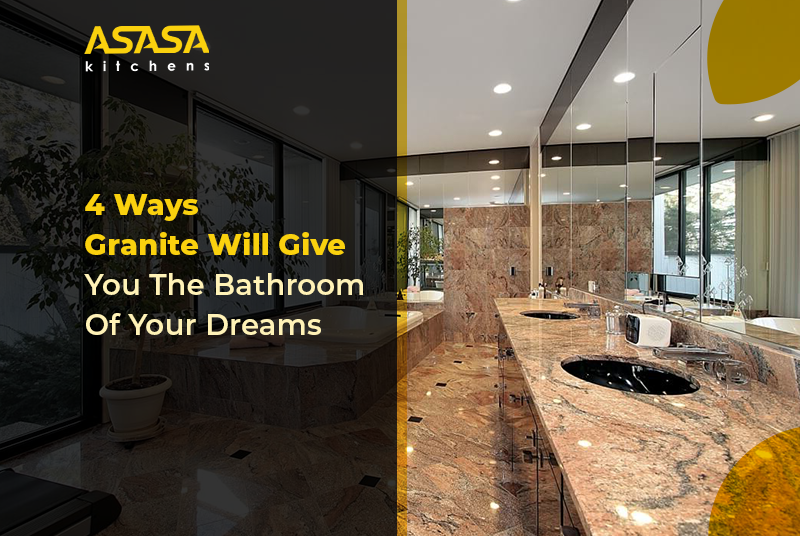
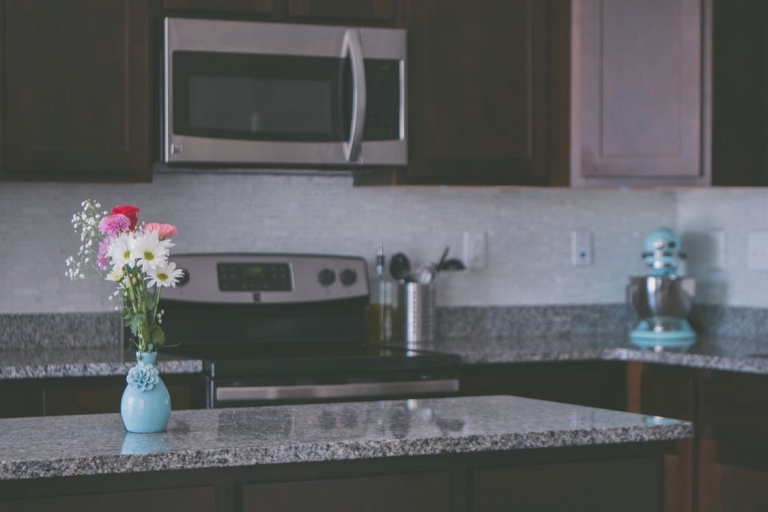
.jpg)
